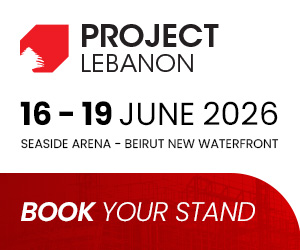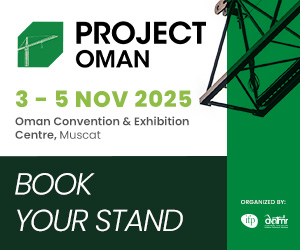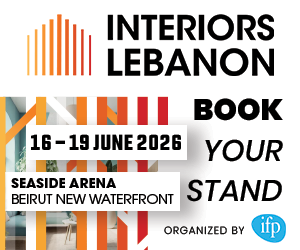Northern Doha is witnessing a boom in terms of urban development and construction. This, say insiders in the real estate and retail sectors, can lead to the movement of a large number of residents and businessmen there over the next few years.
The opening of an outlet by an international furniture chain is only the beginning of a series of major developments in northern Doha, points out an entrepreneur who is engaged in negotiations with the operators of an upcoming mall to open a multi-cuisine restaurant there. The mall is expected to be ready early next year. Another businessman with similar plans concurs.
In about a year from now, at least two major malls – one of them believed to be among the largest in the entire Gulf region – are expected to open in Gharafa. Equally big developments are taking place on the other side of Shamal Expressway in Duhail, with a number of new shopping complexes and residential units currently under construction. Prominent among the upcoming structures in Duhail is a shopping mall, which will be home to probably the largest multiplex in Doha.
Festival City, where the international furniture chain has begun operations, is expected to attract a large number of similar stalls following its launch. This can happen in the next three years, say sources. The place falls within the Daayein municipal limits, around 18km from the main city.
"If you travelled to the area 6-7 years ago, you can understand how things have changed there. One can see this change on the over-10km stretch between the Gharafa flyover and the Khartyat interchange, even up to Umm Salal Ali," said a Qatari staffer working in a government office.
Widening of the Shamal Expressway and construction of a number of interchanges along the northern route have led to an improvement in road access. This, in turn, has resulted in significant changes in the entire belt, including the emergence of commercial and other outlets along the highway.
The area's residents are hopeful that even before the arrival of the Metro in Gharafa, connectivity will improve manifold and people can commute to and from the northern parts of Doha easily. "People, in particular businessmen, come to a place only if there is room for development in the area. This is precisely what is happening these days in the belt that comprises fast-developing areas such as Gharafa, Duhail, Khartiyat, Daayein and other places," said a developer.
Asked about the rise in commercial rents in the area, a businessman said other parts of Doha, too, had witnessed similar – if not higher – escalation over the past few years. "Even now, it is a buyer's market in neighborhoods around Gharafa and Duhail," said the entrepreneur, explaining the reason for setting up his shop in Gharafa.
He also said the relatively better access to West Bay, which houses several government institutions, is one of the reasons why many people have shifted to Gharafa and Duhail.
There are some locals who have even gone to places like Umm Salal Ali and its immediate surroundings owing to the steep rise in land and building prices within Doha city limits.
Despite a QR1.2mn interest-free loan that many locals have seemingly availed in recent years, it is difficult to buy independent residences even on the outskirts of Doha, says a youngster who is in the process of setting up a home in Khartiyat. He is confident that the price will appreciate considerably in the coming years as the entire area is witnessing massive urban development. He also expects more people to move there from the heart of Doha, saying there is hardly any difference between the city and Khartiyat.
As Doha expands, residents have started demanding that taxi operators redefine city limits. As of now, cabbies charge customers "outside city limit" fares beyond the Gharafa flyover. "It needs to be extended at least till the Festival City area," said a resident.
Interactions with the local youth reveal that such urban development is in line with Qatar National Vision 2030, which calls for the overall development of the country.
Gulf Times
17 March













































































